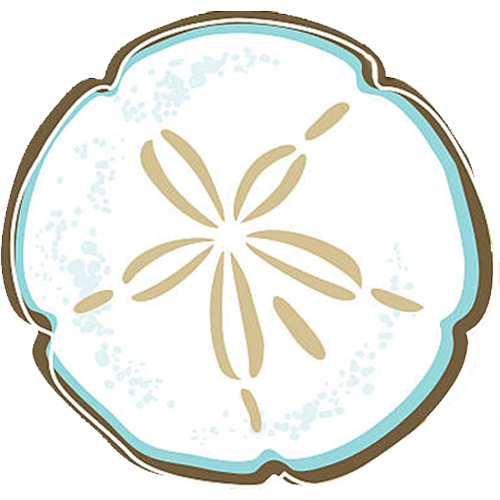A Place in Florida – Why Sanibel Shelling is World Class
There’s a place in Florida that everybody knows has world-class shelling.
But fewer people know why.
This place in Florida, Sanibel Island, along with its sister island Captiva, is regarded as the biggest natural jewel in Florida’s crown of vacation jewels. With 15 miles of beaches chock-full of shells, they long have been known as the place in Florida to visit if you don’t like high-rises, Golden Arches or ‘big box’ stores. Over several decades of struggle, residents have largely succeeded in keeping big developers at bay.
Hordes of Northerners (and Floridians) come here for the ultimate in a getaway vacation – the beaches, the shelling, the laid-back lifestyle – as often as they can afford it. The $6 toll to get here from Fort Myers is a mere pittance to enjoy what Sanibel and Captiva have to offer.
That’s why on most days there are world-class traffic jams between 3 and 6 p.m.
They don’t come here to fish, although great fishing is nearby. Shelling and beachcombing are the sports of the day – every day. You can find more than 400 species of shells on these beaches.
Here’s why:
Like a big kidney-shaped shell mound, Sanibel lies on an unusual slant at the eastern end of the Gulf of Mexico. Most of Florida’s other barrier islands lie north-south. Under water, from far out, the Gulf slopes gradually toward Sanibel. When waves in the Gulf move across this relatively shallow water, they scoop up the shells and deposit them on Sanibel’s beaches.
When is shelling best? Watch the tide tables. The tides are the key to good shelling. Low tide is the best – after the tides have deposited the shells on the beach. And watch the moon phases. More beach is exposed during a full moon or a new moon, which means more shells on the beach. Winter and spring months offer better opportunities for shelling than do summer and fall. And, if there’s been a recent storm, that also means better shelling.
You don’t necessarily have to avoid hurricane season, but it’s wise to keep your eyes on the weather. After a hurricane is good for shelling.
In 2004, Hurricane Charley hit Sanibel and Captiva hard, downing Australian pines, ripping off roofs, downing power lines – and destroying 40% of the habitat in Sanibel’s major attraction, the J.N. (Ding) Darling National Wildlife Refuge, which occupies a huge portion of the 72 per cent of the island that can never be developed. The damaged areas have since recovered, and the habitat is coming back.
I’ve gotten sand between my toes on Sanibel’s beach, and I’ve picked up a few shells here and there. But I’m no pro. So I’m not one to tell you how to do it. You’ll have to develop your own style.
But…
If there can be world-class sunsets, this place in Florida has my vote for No. 1. The best advice I can give is based on a personal experience:
Book an evening meal at the famed Tween Waters Inn on Captiva, as I did, walk across the road to the beach – and marvel at what you see. Don’t forget to take your camera. The sunset is absolutely thrilling. And, I might add, the meal was hard to beat, too!
Source by Gene Ingle
